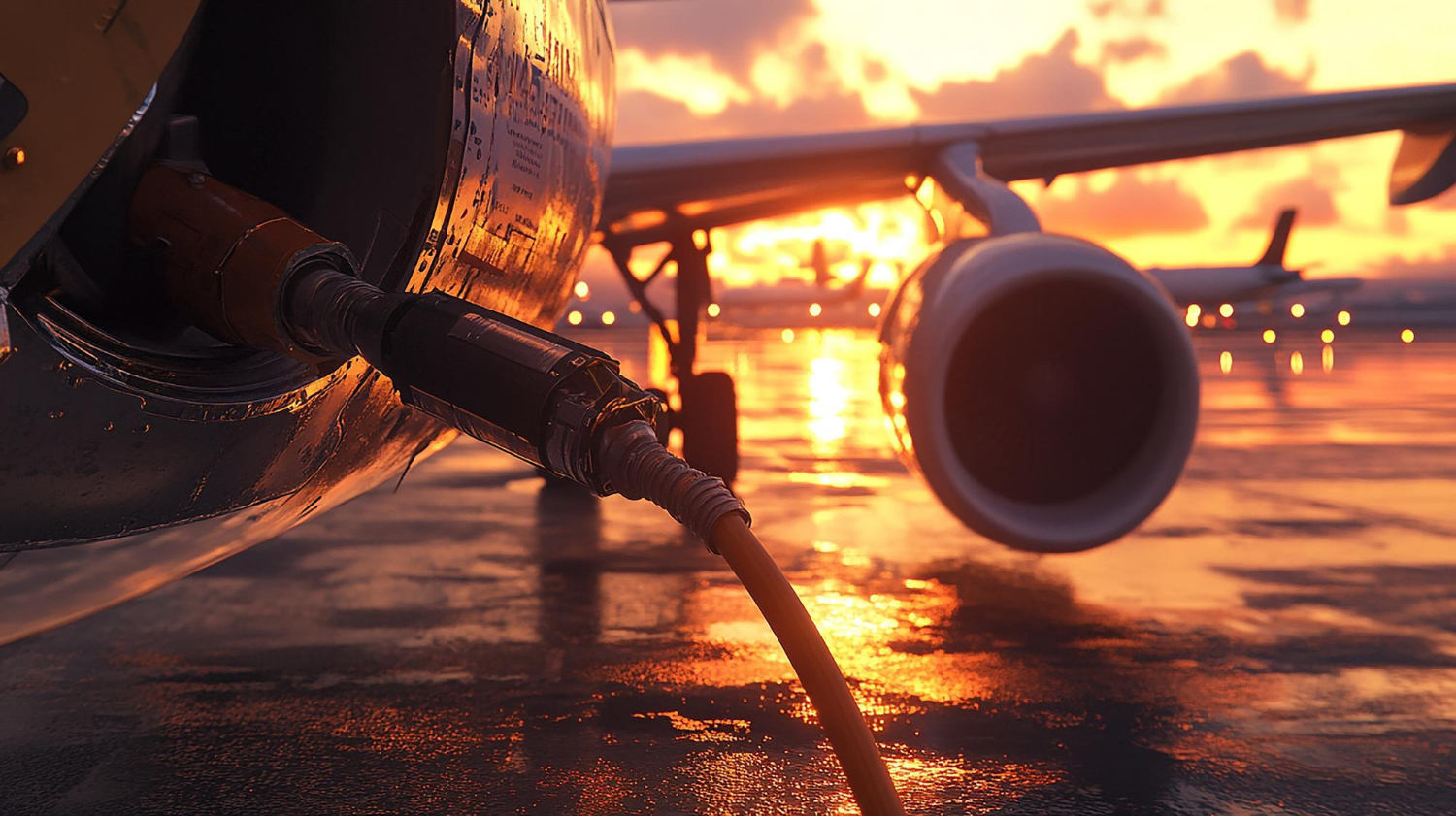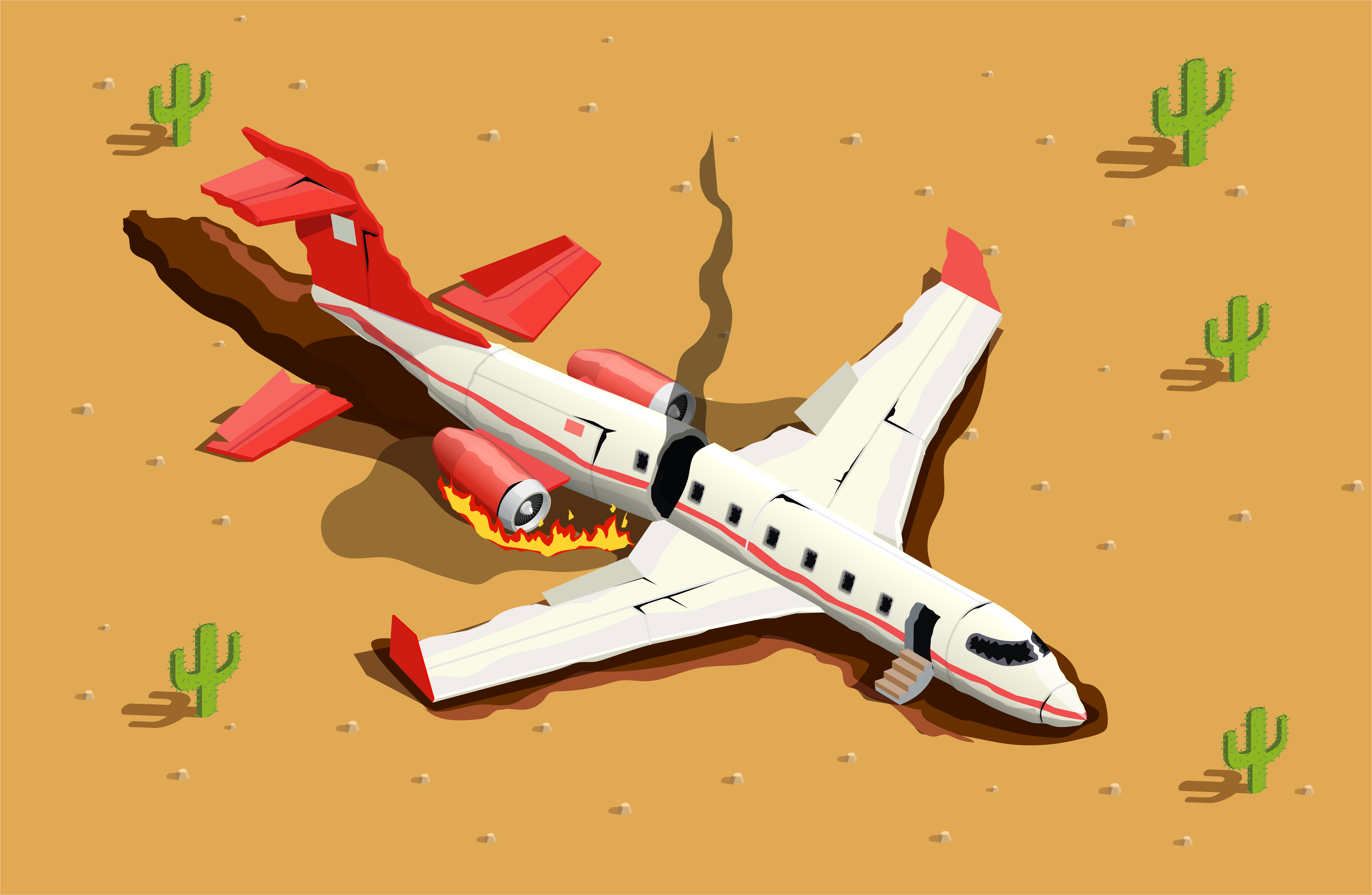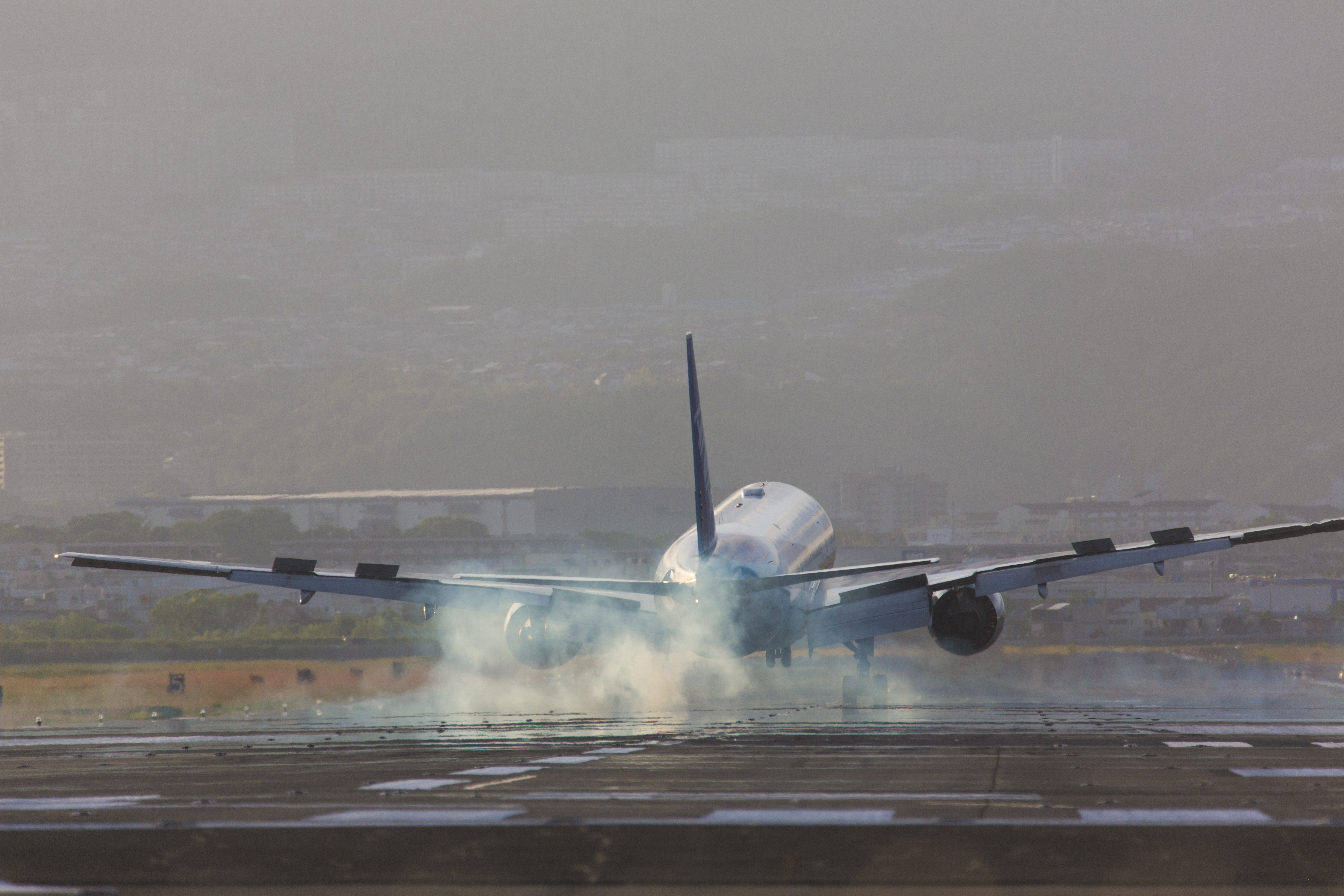
It would be factually incorrect to say that aircraft never encounter emergencies or accidents; such instances are indeed very rare. One of these rare instances is when the fuel of an aircraft runs out mid-flight. Some questions may arise, such as whether the plane will fall straight to the ground or if there are any safety arrangements in place to mitigate this situation. This blog will help you find an answer to this question and provide you with information about many other topics. Let us get started.

Air travel is considered a safe mode of transportation, but when we are at a height of thousands of feet in the sky, we are bound to think about what would happen if the plane's fuel suddenly ran out. Will the plane fall straight to the ground? Will all the passengers on board lose their lives? No, this does not happen. We are stating that this will not happen, and we are doing so for a reason. What are the reasons? We will read about them, going further.

Aircraft are already prepared for this situation and aircraft pilot training teaches them to be ready for these kinds of emergency situations. However, the question now arises: what do pilots do when this happens?

First and foremost, the thing that happens in case of fuel running out in an aircraft is that the plane does not stop flying in the air. Yes, the engines stop, but the plane's design allows it to fly without an engine for a certain distance, a phenomenon known as 'gliding'. Every aircraft has its own 'glide ratio'.

For example, if a plane has a glide ratio of 15:1, it means that it can glide from 1 kilometre high to 15 kilometres. That is, if the plane is at an altitude of 35,000 feet, it can cover a distance of more than 150 kilometres. During this time, the pilot can plan the landing and identify the nearest airport.

When a pilot feels that it is a dire situation, some actions are taken. He/ she declares an emergency (MAYDAY Call). The pilot first gives an emergency signal to Air Traffic Control (ATC), "Mayday, Mayday, Fuel Emergency." After this, all control towers are notified, and nearby airports are instructed to be ready for a safe and secure landing of the plane. The airports can also arrange for fuel, allowing the plane to complete the journey to the intended location.

After all the nearby airports are alerted by Air Traffic Control, the pilot and co-pilot turn the plane towards the nearest runway using the plane's GPS, radar and navigation system. Additionally, even after the fuel runs out, the plane continues to float in the air, even if the engines stop working. The pilot controls the airspeed and altitude and tries to make a safe landing.

Every aircraft has a technology, for example, the Ram Air Turbine (RAT), which harnesses the power of the wind to power its basic systems. This keeps the pilot getting the necessary navigation and controls.

Now, we should look at some of the real incidents where the fuel ran out and the pilot made an emergency landing
An Air Canada flight was out of fuel in mid-air owing to a fuel management mistake. But, during this emergency, the pilot glided the plane to a closed runway and landed it safely. This incident is still considered the most remarkable emergency landing in aviation history, when the aircraft had to come down due to running out of fuel.
This Airbus A330 aircraft was flying over the Atlantic Ocean when it experienced a fuel leak. The pilots glided the plane for about 20 minutes and made a successful emergency landing at an air base in Portugal.

Yes, pilots receive simulator training, where they practice decision-making, gliding the plane and emergency landings in various situations. Apart from this, fuel reserves and alternate airports are planned for every flight.

So, you now know what happens if the fuel runs out?” Then rest assured. The plane does not fall, the pilot has time and technology has advanced to such an extent that passengers can be disembarked safely even in an emergency. Even if the fuel of a plane flying in the sky runs out, there is no lack of hope and safety for the passengers to bank on.
The fact is that to avoid toppling in any emergency, both planes and pilots are trained in the right way. If you want to become a pilot, you should be prepared to put in some hard yards during training. These hard yards can be made rather easy with correct instruction and the right kind of training. To get trained as a commercial pilot, you must join an aircraft training institute of the highest repute. For this, you can bank on the internet to give some valuable suggestions. But if you want to avoid all that, you can come straight to Flapone Aviation.
We at Flapone Aviation are one of the top flight training schools in the country. What sets us apart is the experience we possess in both providing ground school training and practical flight experience. One thing is obvious: to be the best, you have to learn from the best and we are the best in the business. Come to us and start a long career flight, without thinking much about the cost involved, as we charge rather competitively for our best-in-class training.
Connect with our aviation mentors to find the right path toward becoming a licensed aircraft pilot.